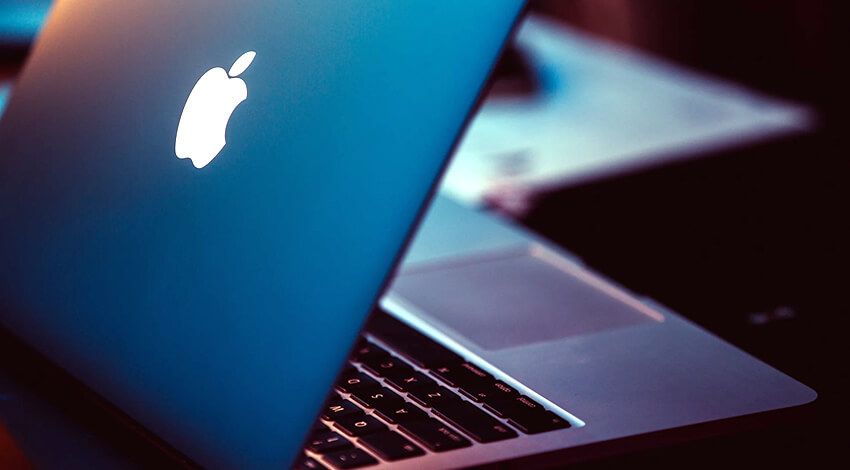Being a UNIX-based system, macOS is relatively safe in terms of malware and viruses. Still, this problem poses a potential threat to all Mac users. So, how to prevent malware from infecting your Mac? How to remove the Mac viruses free of charge? Take a look at the recommendations below.
Getting viruses or any form of malware is quite rare for Mac devices. It is possible that you may pass a virus onto a PC without knowing. Also, there is a possibility to fall for a phishing attempt opening a malicious email asking for login details. However, don’t be fooled into thinking there is no such thing as Mac malware. Every now and then new Mac malware appears in media reports and wreaks havoc.
Until recently, Macs have been thought of as niche devices. This is probably why malware creators weren’t paying them much attention. PC owners are a larger audience, so they were targeted in the first place. The rapid increase in Mac popularity over the past few years has lead to more frequent targeting with malicious intent.
Why Is Malware Dangerous?
Malware is a general term referring to all forms of hostile or intrusive software. It includes viruses, ransomware, worms, spyware, adware, scareware, etc. Malware can disguise as a legitimate software or secretly infiltrate your Mac like a virus. For example, a user gets tricked into installing an app by a website ad or an email. Once installed, the program begins gathering user information. These can be user logins and passwords, banking details to pass it on to third party individuals. The majority of Mac malware hides under the guise of antiviruses or antimalware.
To make this work, a legitimate website gets hacked to redirect users to a fake website that runs a malware scan on your Mac. As a result, it ‘discovers’ malicious software (in reality, it is lying). Afterwards, it tricks users into downloading the application to search for the malware and delete it. The truth is, this is a malware application. It will pretend to be running checks and discover problems on your Mac that actually aren’t there. This is done to make users enter their credit card details to provide further help in Mac decontamination.

How to Remove Mac Malware Free of Charge
Never pay for removing Mac software or malware, period. Refrain from giving your credit card details to any app or website that promises to fix your Mac. You may even get a phone call from somebody persuading you to hand over your bank details in exchange for removing the malware from your Mac. Don’t fall for tricks like this!
In the event a website claims it has located malicious software on your Mac, do the following:
- Press Command + Q to quit the web browser, or right click on the icon of the browser and press ‘Quit.’
- Access your Downloads folder and remove any installation files, or suspicious files, into the Trash.
- Right-click the Trash icon and select ‘Empty Trash.’
In case malware is already installed on your Mac, follow these instructions to remove it manually:
- Check the name of the app, if it is open.
- Move/close the application window.
- Press Command+Shift+U to enter the Utilities
- Go to Activity Monitor and select All Processes.
- Search for the name of the app from stage one, or any program that looks suspicious, click ‘Quit Process.’
- Enter the Applications folder and find the application you just Quit Process for.
- Drag the application to Trash bin.
- Click the Trash icon with the right mouse button and select ‘Empty Trash.’
Please mind that some malicious apps can leave residual data after you uninstall them manually. To ensure malware was removed completely, try using special third-party apps.
How to Protect Your Mac from Malware
Once you’ve successfully removed malware, you need to avert it from infiltrating your Mac again. To protect your device from malicious software, follow these tips:
- Make sure all Mac applications are up to date. Go to the App Store app and update all apps.
- Ensure your Mac is getting automatic updates. Go to System Preferences -> click App Store and select ‘Automatically Check for Updates.’ Make sure ‘Install macOS Updates,’ ‘Install System Data Files’ and ‘Security Updates’ are turned on.
- Allow installing apps from trusted developers only. In System Preferences folder, go to ‘Security & Privacy’ and ‘General.’ Choose one of the two options under ‘Allow Apps Download From.’ Select either ‘Mac App Store’ or ‘Mac App Store and Identified Developers’.
- Always download software from the Mac App Store or trusted developers only.
- Make sure to install Mac antivirus software.
Hopefully, this guide will come in handy in case of emergency. Refrain from installing any suspicious applications to prevent your Mac from infecting with viruses or malware. Make sure to install antivirus software and run periodic malware checks.

